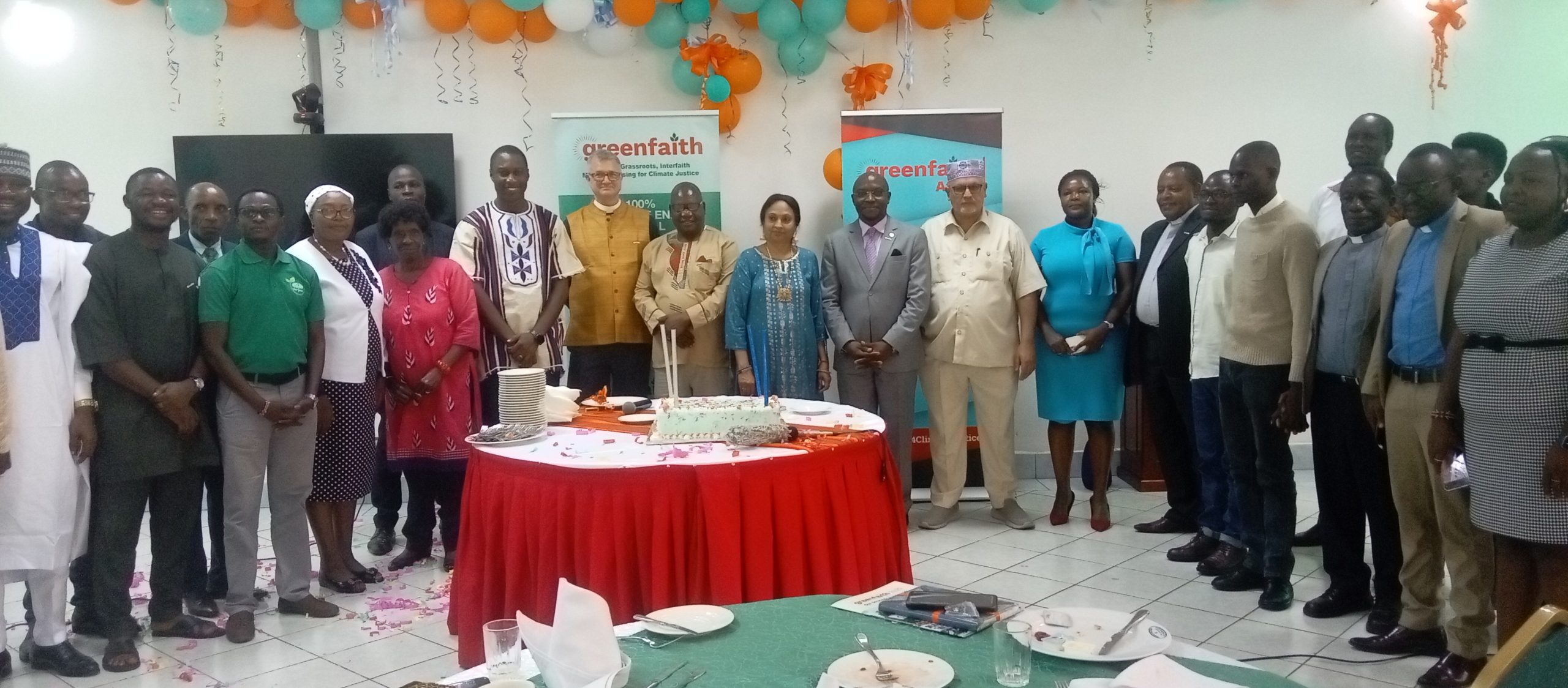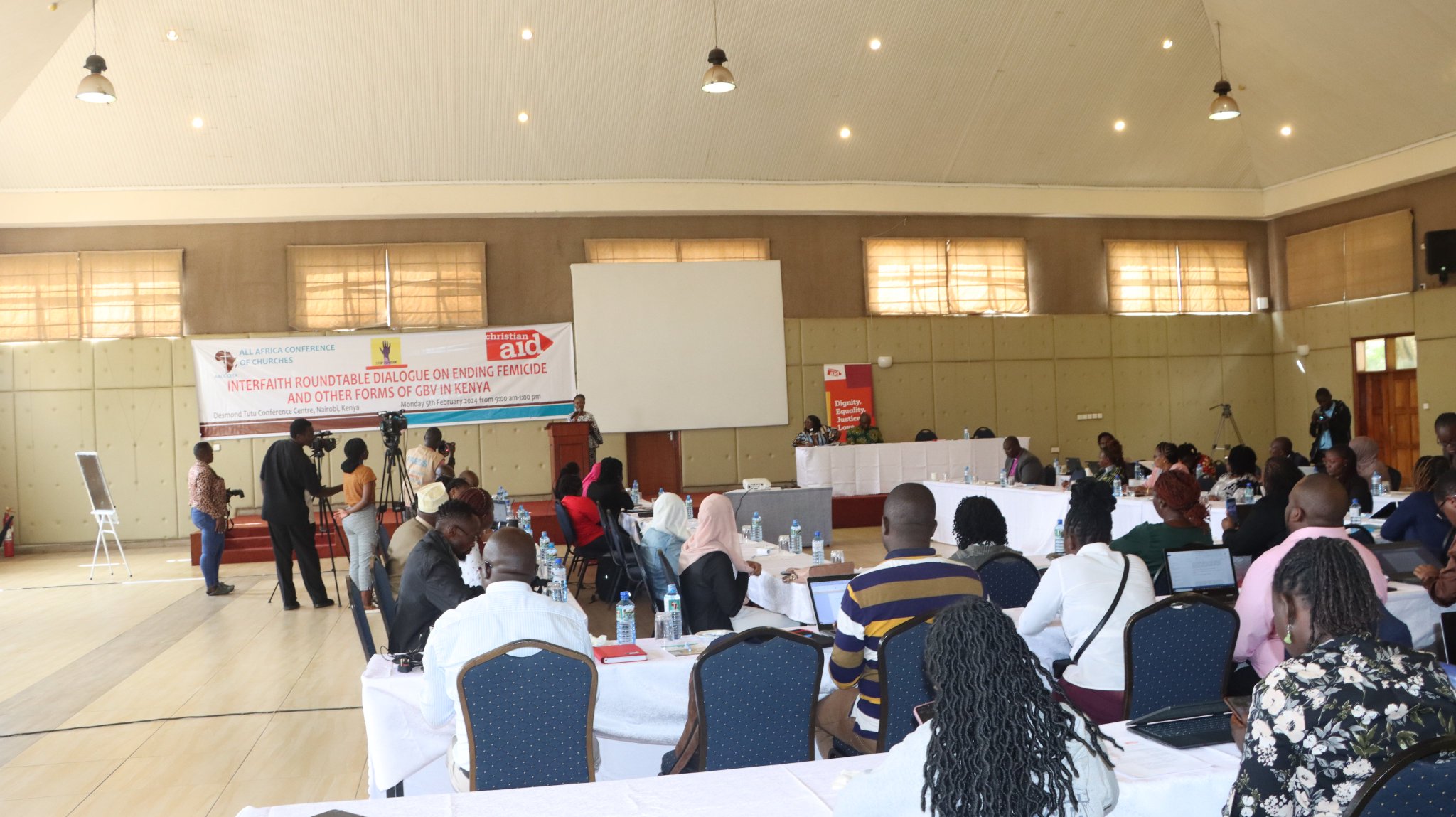By Eddah Waithaka
According to the latest report from Tala, a prominent digital lending company, customers are cutting back on discretionary spending like clothing and entertainment in favor of more essential expenses.
The report unveiled in Nairobi today revealed that Kenyans are allocating a smaller proportion of their loans towards personal expenses this year, decreasing from 25% to 16% compared to last year.
A huge amount of 29 per cent is being spent on utility bills such as rent, electricity and internet, which is slightly higher than last year’s 23 per cent.
The findings indicated that even in the face of formidable economic obstacles, consumers retained a consistent savings habit of 25 percent, mirroring the statistics from 2023.
Approximately 15 percent of the funds are allocated to unforeseen circumstances like medical costs, whereas 14 percent is dedicated to contributions such as philanthropy and providing assistance to loved ones.
Also Read: https://switchmedianews.wordpress.com/2024/03/16/ministry-of-mining-rolls-out-new-vehicles-to-boost-operations-and-data-collection/
According to the report, a significant 55 percent of individuals categorized as higher spenders have effectively managed their finances during the past six months by implementing measures such as curbing expenditure and reducing splurges on luxury products.
Only 23 per cent of higher spenders are dipping into their savings to cope, suggesting that while consumers are generally saving, some are skipping meals or selling assets to make ends meet.
Furthermore, there has been an increase from 35 percent to 44 percent in the proportion of individuals who are now engaging in overtime work or taking on additional employment to effectively handle their financial responsibilities such as bills and family expenses.
According to the report, 18 per cent of consumers with higher expenses are skipping meals to cope, and 14 per cent are now moving their children from private to public schools.
The findings also showed that consumers are reducing their borrowing by 43 per cent this year, compared to 59 per cent in 2022, as they adjust to the lower likelihood of future borrowing through digital lenders.
Additionally, the report highlighted a possible reason for the decline in borrowing from digital lenders: consumers are obtaining loans from savings and credit cooperative organizations (saccos) or investment groups (chamas). According to the findings, approximately 25 percent of individuals’ income is being directed towards saccos, chamas, and fixed deposit accounts as savings.






